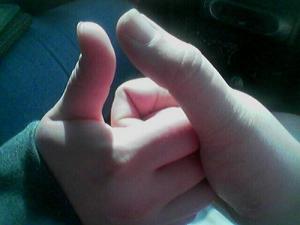
A jammed thumb — or as some people call it, a mallet, baseball finger, or a skier’s thumb — happens when the tip of the thumb gets squashed by or against something, which pressure flowing toward the hand. A lot of people get their thumbs jammed while practicing sports, when they hit someone or something (typically a ball or the ground), or even when they're not careful as they try to close a door or drawer.
The proximal interphalangeal joint, which sits in the middle of the finger, may have become injured. A stretched ligament, typically the collateral ligament, or a broken bone also often explain why a jammed thumb is so painful. After a thumb has become jammed, it typically becomes red, swollen, and it hurts while moving.
A jammed thumb: What should I do now?
As you decide how to treat your injury, you should first see how badly your jammed thumb is injured by trying to move the thumb. If your jammed thumb is too painful to even think of moving it, that usually means that it is broken (fractured). If you're able to move your thumb, this typically means you only twisted it a little bit. However, in both cases you should take care of your injury.
Whether you treat your jammed thumb at home and never see a doctor, or you only apply first aid as a first step on your way to the clinic or hospital depends on the severity of your injury.
How to treat or heal a jammed finger or thumb
The first step toward treatment for a strained thumb is:
- To take an ice cube, put it in a cotton cloth, and hold it against the injury to reduce swelling and pain. You can also soak a cloth in icy water and apply it to the finger or thumb. Keep cooling the jammed thumb for 10 to 15 minutes until the pain eases a little bit. Subsequently, you can wrap your thumb in a bandage or a splint to stop it from becoming worse.
- Some people also take pain killers to lessen the pain. Over the counter pain killers such as ibuprofen or paracetamol are a safe choice for most people.
- Hold your jammed thumb above the level of your heart to reduce throbbing.
If none of these above-mentioned suggestions work, you should go to the doctor’s as soon as possible. After a physical examination and after hearing your account of what happened, your doctor can take an X-ray to determine whether the bone is really broken or not.
Doctors typically use bandages or splints to make sure that the ligament heals properly and stays in the right place. This is extremely important if the collateral ligaments are torn. In the worst case, the ulnar collateral ligament is entirely broken and you will require surgery. Luckily, this rarely happens.
How long will it take to heal a jammed thumb?
Typically, jammed thumb injuries heal on their own quite quickly, though you can't quite expect overnight results — soreness is normal for a week or two. If a bone is broken or a joint is dislocated, however, you will need medical attention for proper treatment and your recovery is likely to take at least four weeks, and it may take several months before you no longer feel any pain.
While your jammed thumb is healing, ask your doctor for further instructions. Finger-stretching exercises may help, but don't start doing these exercises on your own without your doctor's green light. The doctor can also refer you to a physical therapist, and give you tips on speeding your recovery up.



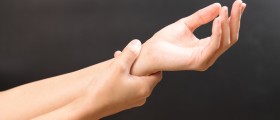



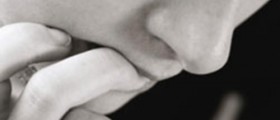



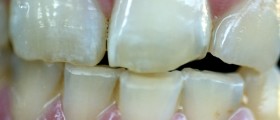
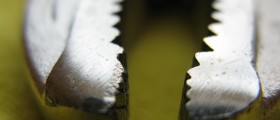




Your thoughts on this
Loading...